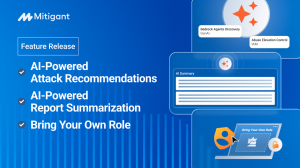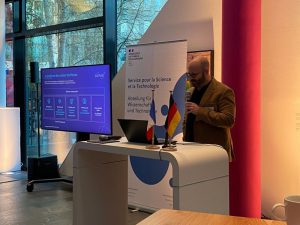The problem:
New software, especially when designed to interact in real-time with a network of sensors, such as in connected cars for example, or in power grids, is particularly vulnerable to flaws as it comes in a dozen million code lines. In turn, such defaults can be exploited to disrupt the operation or even trigger damageable accidents.
4 key recommendations you should keep in mind
- Ensuring code development is safe and state-of-art is just but normal. For management information systems, this can be conducted via post-coding testing.
- Industry 4.0, IoT systems, real-time systems, are all based on code development. As the typical error rate is one for 1 000 code lines, these systems are particularly vulnerable.
- As these systems are mostly real-time, classical testing methods cannot cover all cases.
- Therefore you need to consider using adapted tools that double-check the validity of code.
Download and consult our Cybersecurity Guide for more recommendations:
[button size=” style=” text=’Cybersecurity Guide’ icon=” icon_color=” link=’https://02cecbc4.sibforms.com/serve/MUIEAM83fr_Gw61i-LpqMqqt0rI8TSaPYHe9IsjAYGAsePsEeyIql8RauS5KVpRGEpttkI2Frf447WwnrHem1E8hkYbx4jcAQQE670E2t0b-KuBBqLanQRYXp55_DsBAG3AWpnsSzUi-v5dOx5iowwZzRkmiZOB1GNhKARgpSLdTC6qs6DCuNpI9SOd9hzXhzU3dBPClu1mFGw34′ target=’_self’ color=” hover_color=” border_color=” hover_border_color=” background_color=” hover_background_color=” font_style=” font_weight=” text_align=” margin=”]





